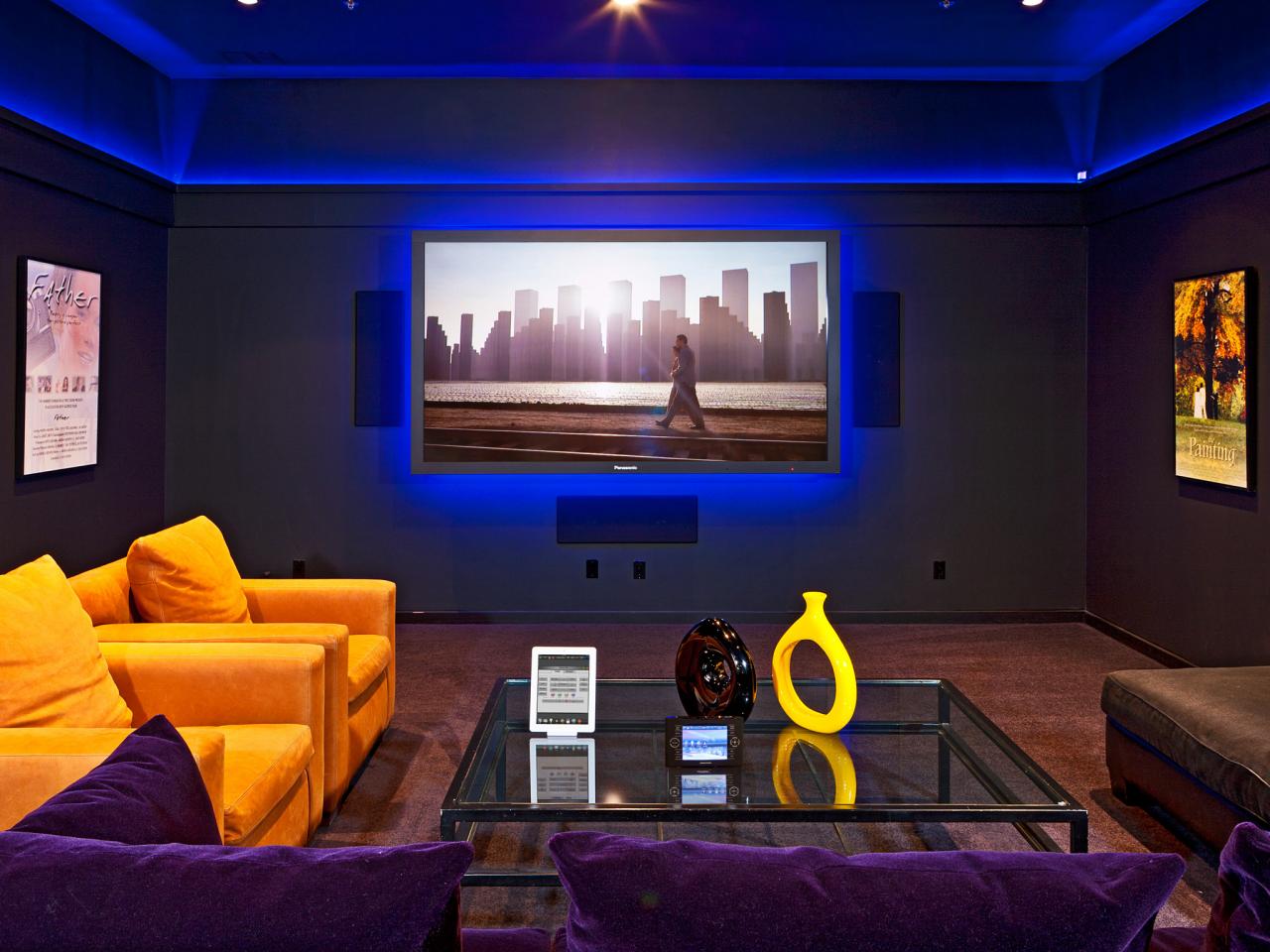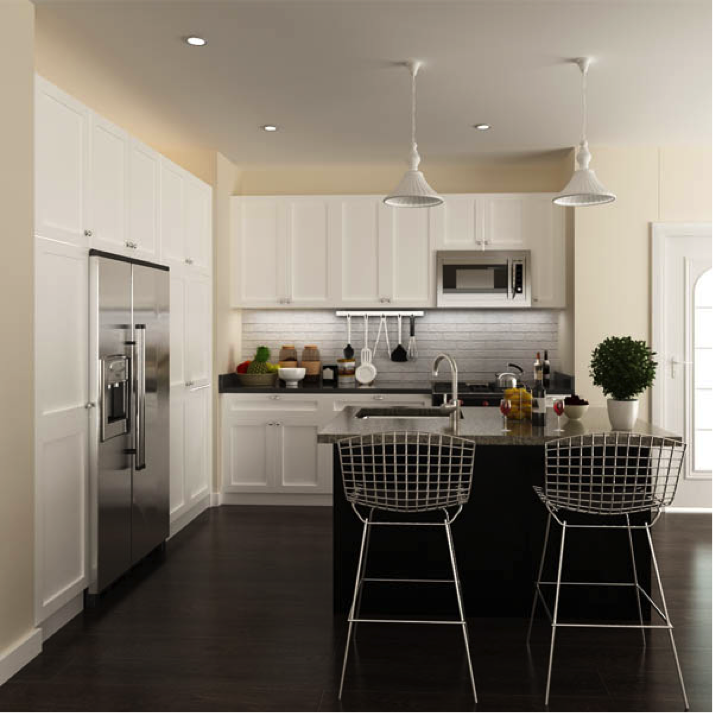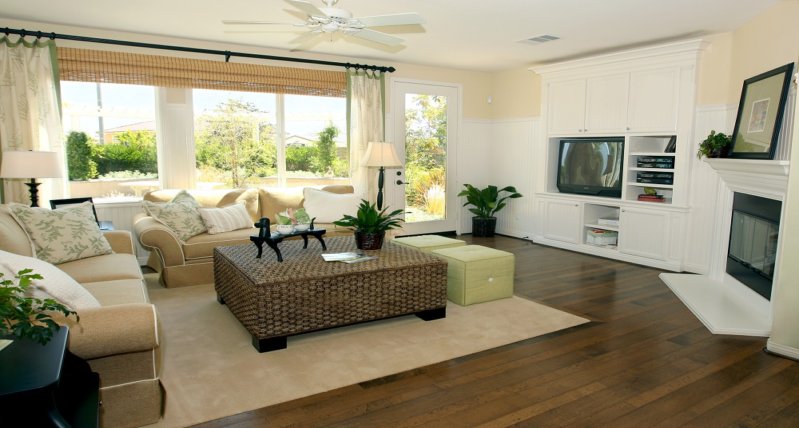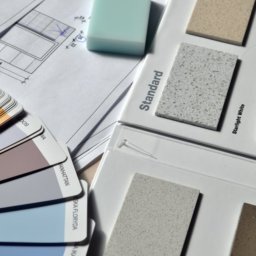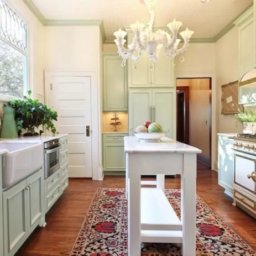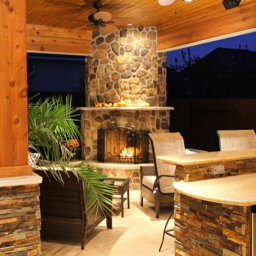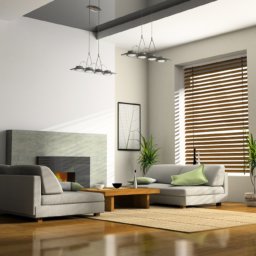When it comes to contemporary interior design, seasoned pros in this field tend to think that almost anyone can be a designer if they employ their creativity and stick to certain rules, and even break some of them if it makes sense for the overall look of the space they are designing. With this in mind, here are the core principles of contemporary interior design.
Space planning is the first stage in the interior design process. The plan is supposed to define zones of the space and their functional use as well as the circulation pattern between the zones. The final planning stage includes defining furniture arrangement and equipment placement. Embracing the “form follows function” principle, an interior designer primarily has to know what the purpose of the space is and who will use it.
What makes the client satisfied and more productive is more efficient space planning. It is of great importance for a designer to fully understand and apply the minimalist “less is more” approach. And it is all about keeping away from resale dictum and trends as well as unnecessary additions which should be given up in favor of simpler solutions. Getting bigger and bigger doesn’t always make a point. It is good for both, the client and a designer if all the space function is achieved without grandeur oversized modifications.
Once the designer has come up with an idea of how to make the space work efficiently and functionally, they have to customize it to the client’s desired ambiance and aesthetic in order to create a concept for the given space. The design concept acts like a story which is to be told idea-by-idea and in which the happy ending depends on a designer’s mastery.
The design isn’t about matching paint color with sofa upholstery texture. It’s more about creating a vision. Once implemented, carefully considered and formed vision gives timelessness and longevity to the interior. However, in creating this vision, it’s important to think globally if you want to communicate it to clients.
Well or badly designed room can make you feel relaxed or upset respectively. It can have an ambiance that subconsciously affects you. The look and feel of a well-designed room depend on good quality materials and construction. It is common knowledge that good quality materials have a sound and feeling that’s different than poor quality materials.
Wool, silk, linen and other natural materials as well as solid wooden constructions reign supreme over high-quality design. However one should keep in mind that in the design context, money doesn’t necessarily mean high quality. It is more important for a premier quality piece to be long lasting and made of sustainable, enduring materials than expensive. It is good to know that there can always be some great finds at a lower price.
In order to intensify the innate properties of different patterns, shapes, materials, and textures, designers are likely to combine them boldly, the results of which are sometimes counter-intuitive. When decorating homes, people tend to implement the interior elements of the same visual value. Juxtaposition comes to be a designer’s technique which helps the eye to recognize the worth of difference. Juxtapose concept is especially stark with geometric elements. You can’t have only squares dominating your interior. By adding circle-like elements, a designer creates harmony between juxtaposed elements and makes the client appreciate the square much more.
Juxtaposing is about highlighting not blurring the things. It is no wonder, then, that IED Barcelona’s new master in interior space design methodology emphasizes the importance of creative autonomy that recognizes the potential of single, raw material and its innate quality that makes it possible for students to explore the concept of juxtaposition in the interior design process.
Interior design details are not to be neglected but observed as an integral part of the bigger picture. Detail oriented designer knows how to maximize the potential of even the smallest features, which must be carefully selected and kept within the overall feel of the space. Since the details represent the final touch to very personal spatial identity, they deserve your attention.
There are lots of adorable products that are accessible on the market, but before purchasing them, you should ask yourself if they meet your general style goals. From towel hooks and soap dispensers to cupboard handles and flower pots, the decorative details are the non-obvious but apparently omnipresent interior modifiers.
Every interior should be designed to meet the client’s aesthetic and functional needs as well as their personality. To accomplish this personal aspect, designers make use of client’s everyday belongings and family antiques to make it more intimate and distinctive. According to one creative approach, interior design is an outward extension of who and what we are and as such it is all about life.
Space should be created to conform to the client’s lifestyle and their intrinsic nature. All the elements that are incorporated in the interior designing, ranging from Grandma’s candlesticks to off-the-rails antiques, should demonstrate authenticity and uniqueness which are sometimes recognized outside the specified style zone.
The truth is that unbalanced space is an uncomfortable space. Balance defined as the visual weight equally distributed in a room is an interior design principle that can be realized in different ways: symmetrically, asymmetrically, and radially. Anyway, the visual weight depends on texture, shape, color. For example, highly textured, bright objects spatially feel heavier.
A good feeling of balance has less to do with intentionally created focal points but more to do with evaluating overall space composition. The feeling of balance should be achieved by the room’s architectural features, like windows and doors, which are subsequently complemented by other space objects.
As you can see, interior design is a creative process full of principles, techniques, tricks, and tips. Since creativity is all about authenticity that doesn’t want to be matchy-matchy, many established rules are meant to be abandoned whenever it makes sense. It is more important to experiment and play, keeping in mind that less is often more.


